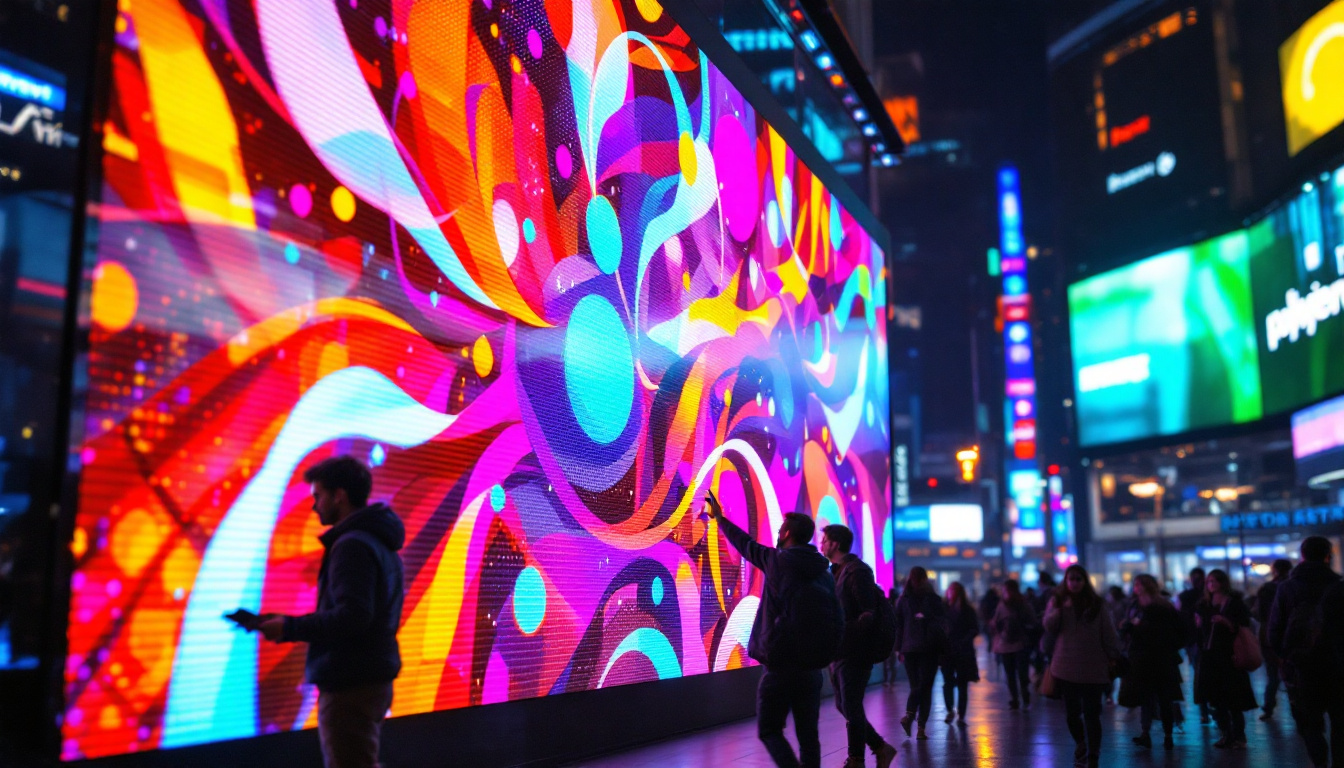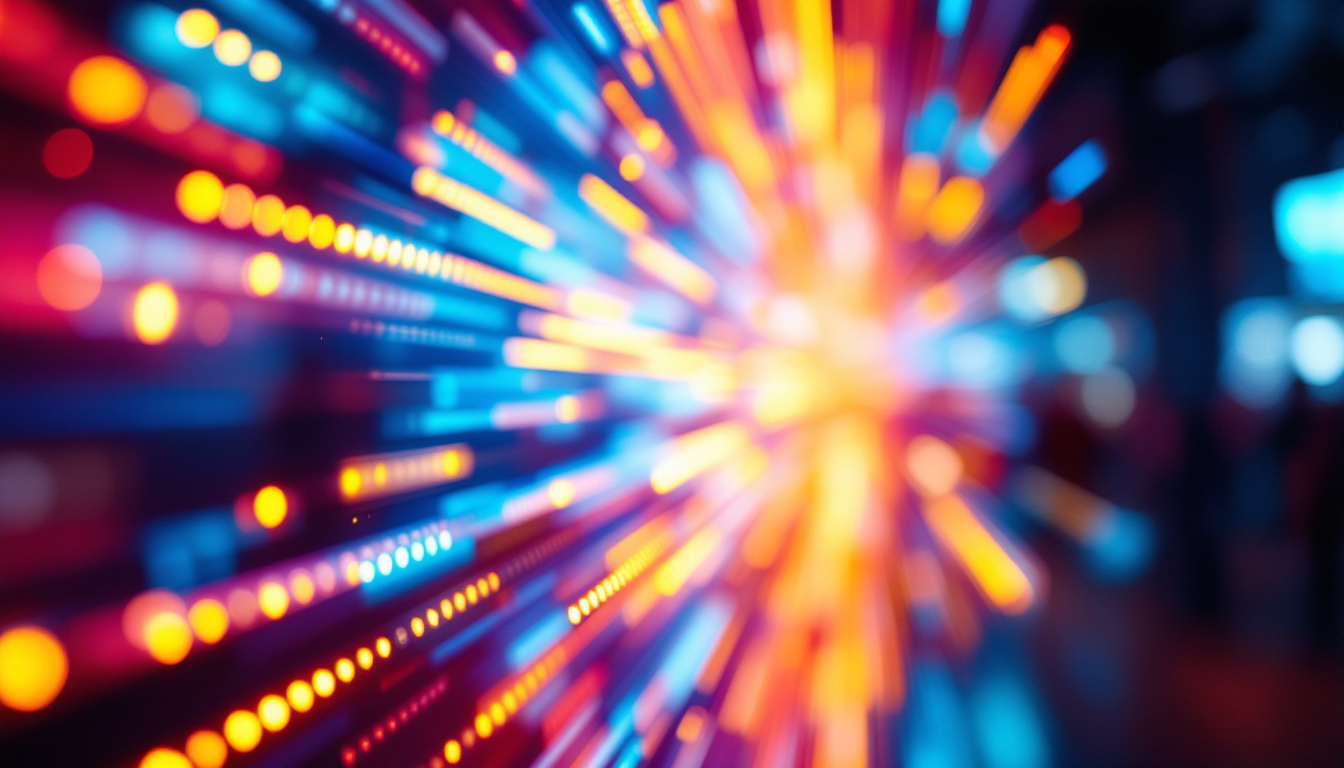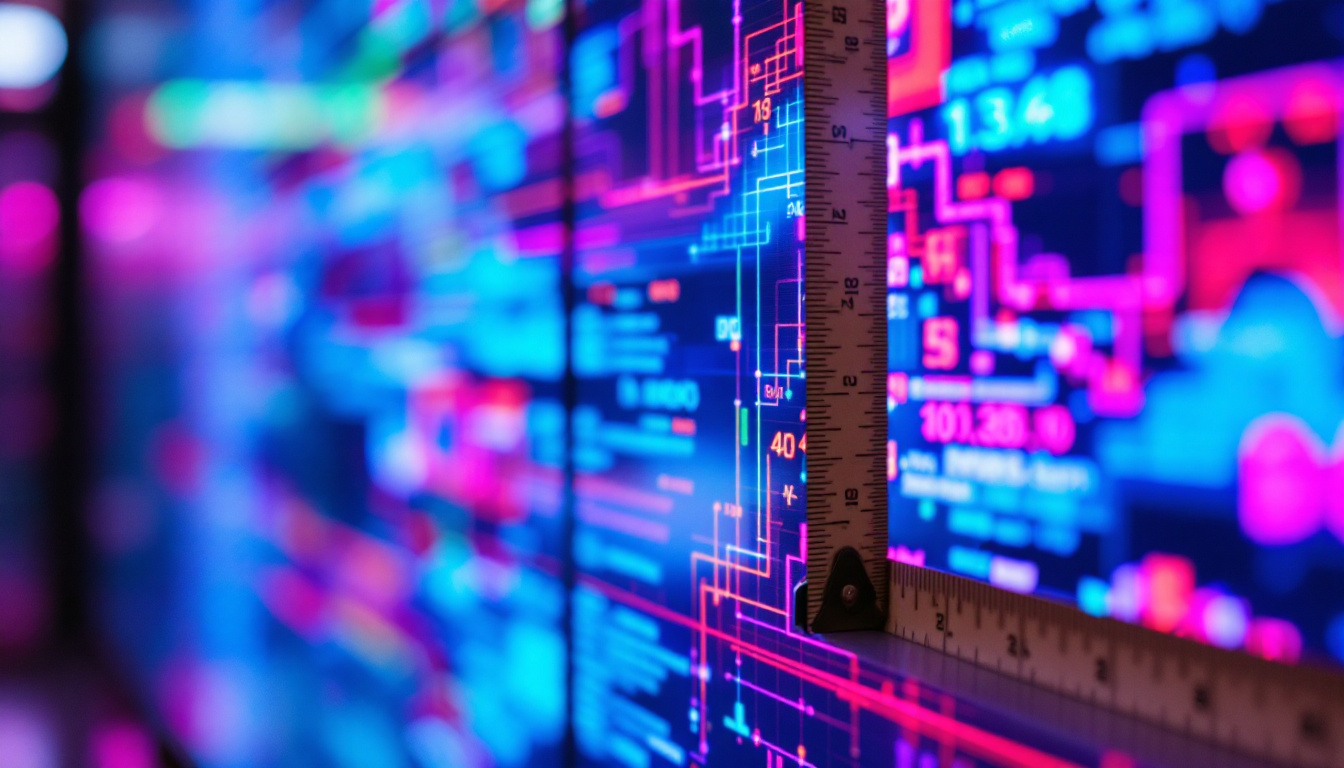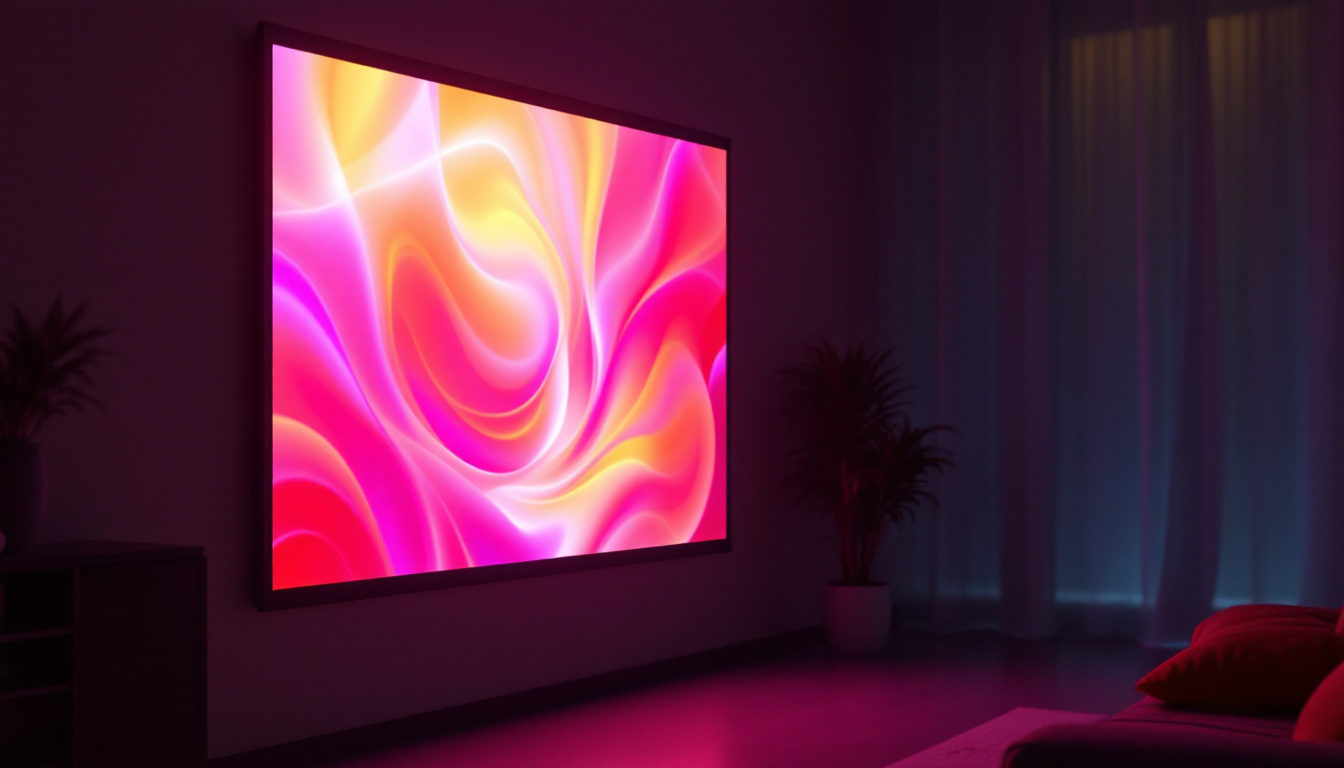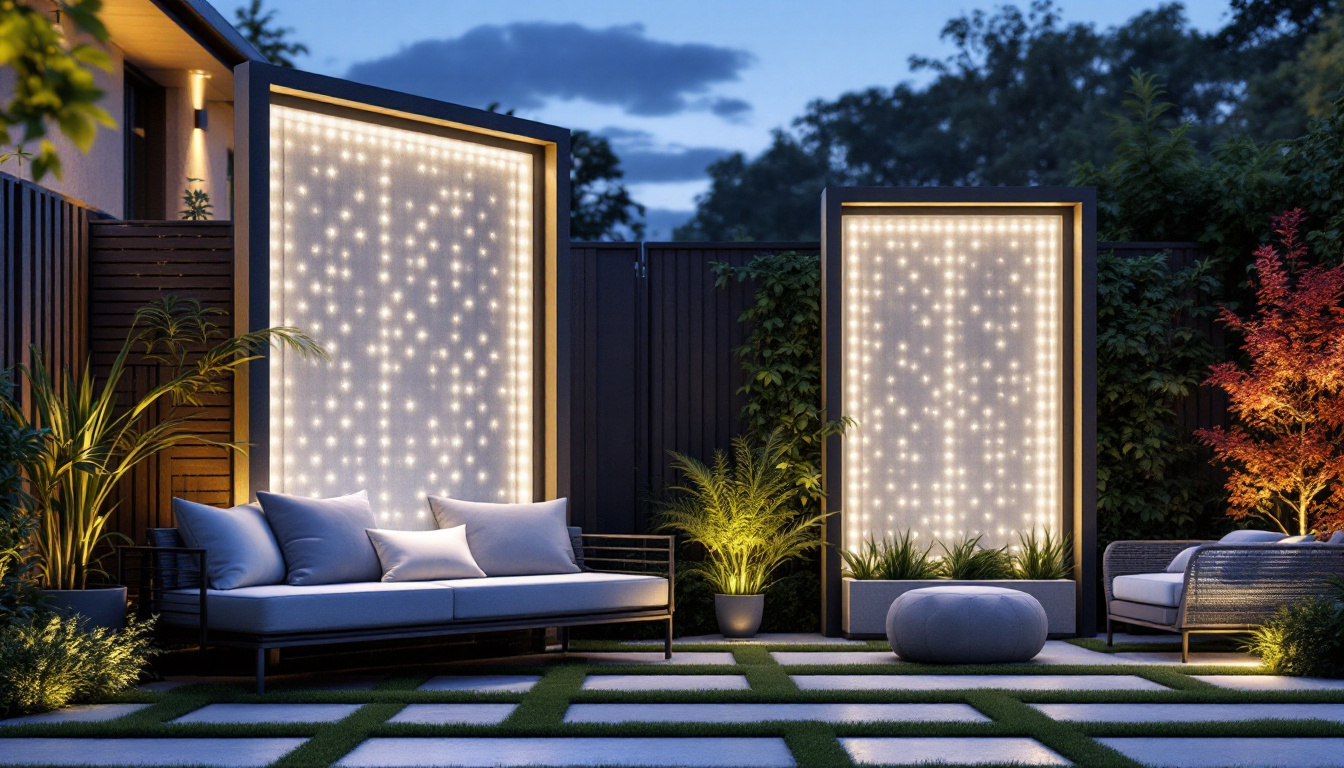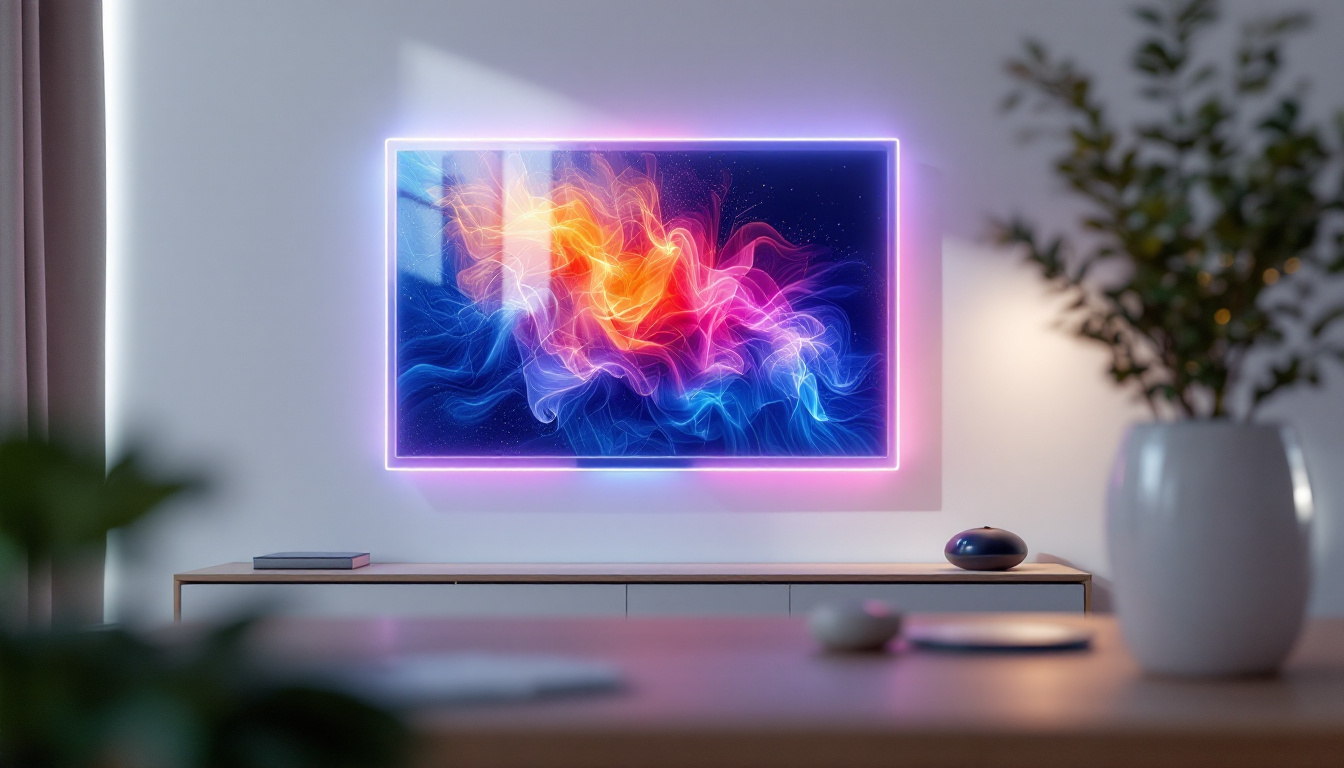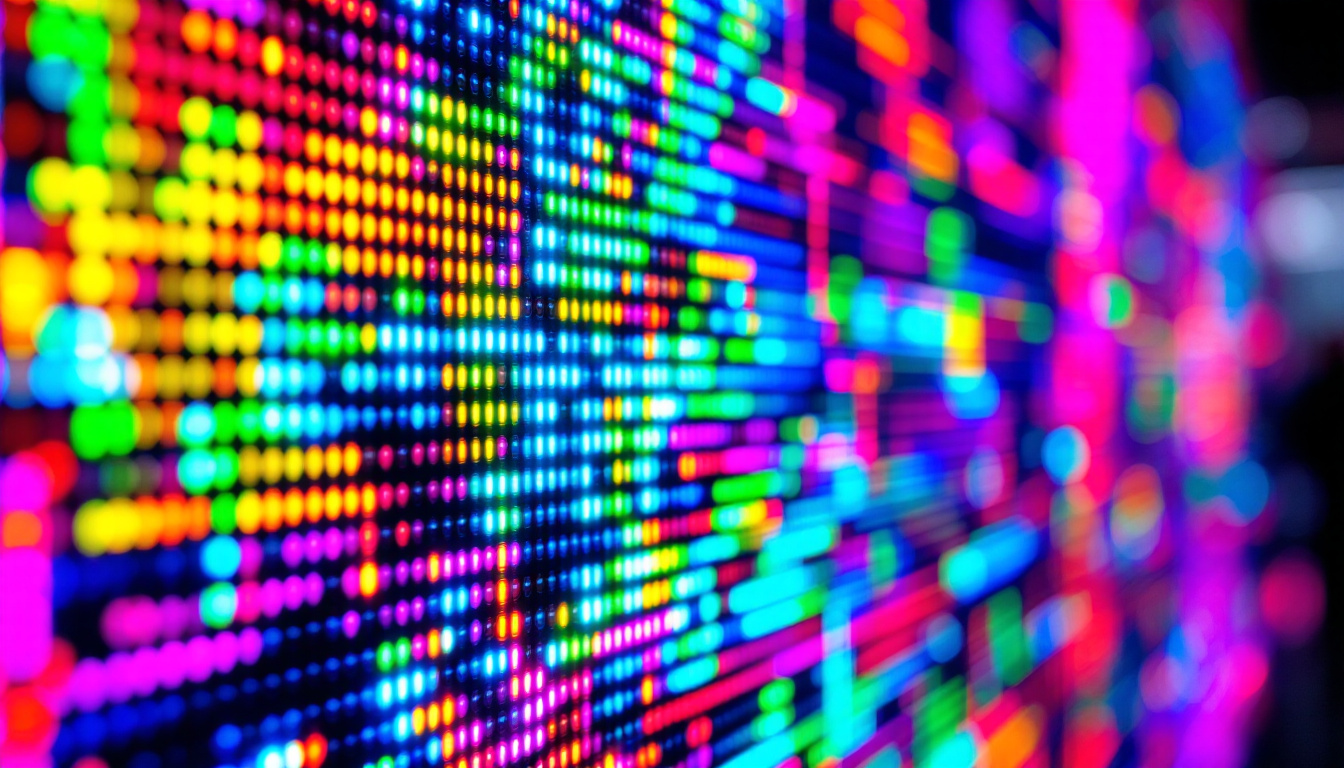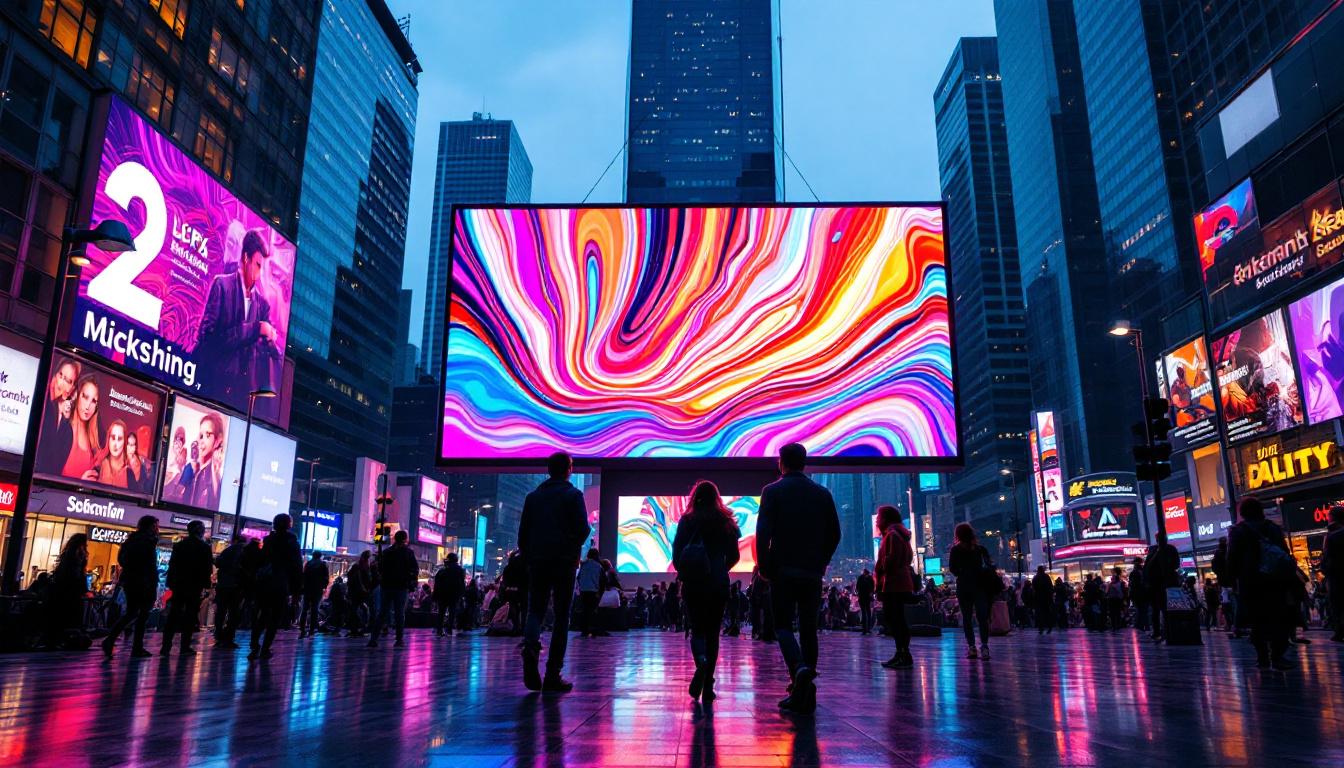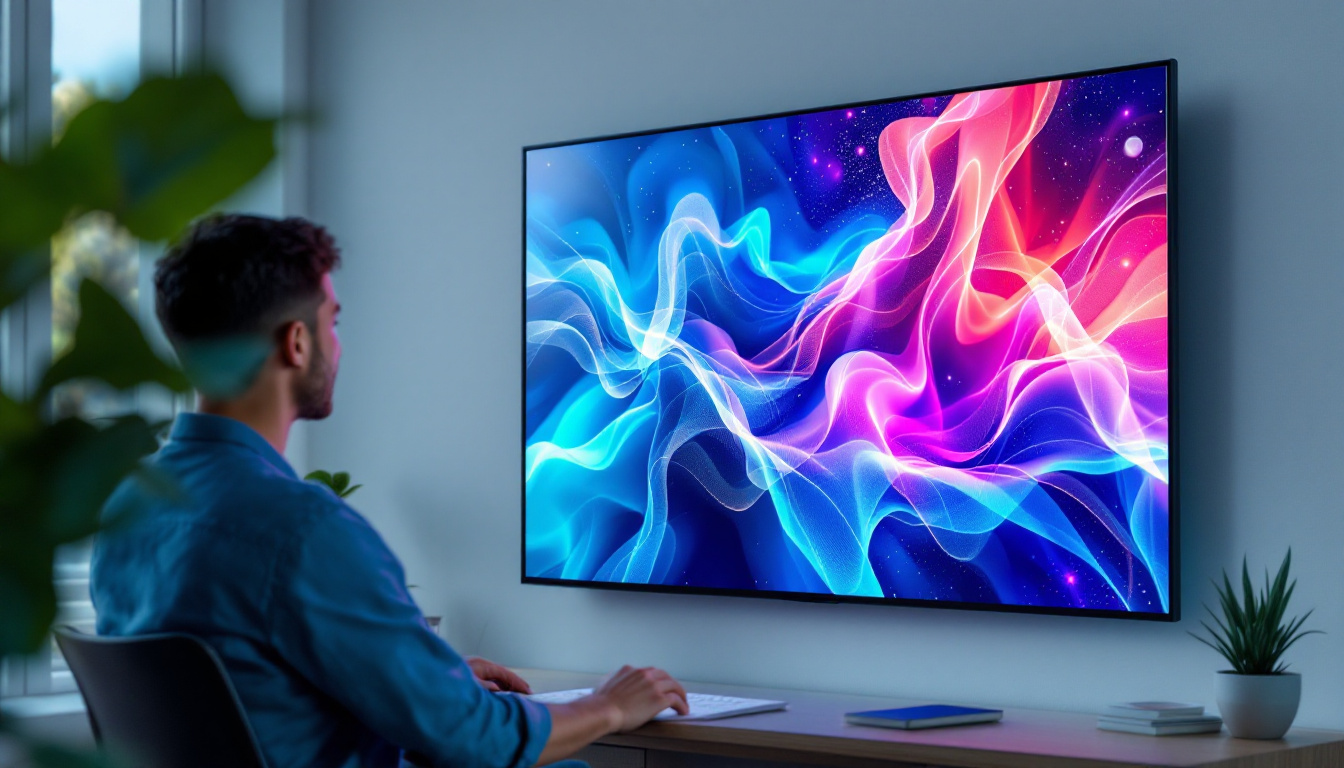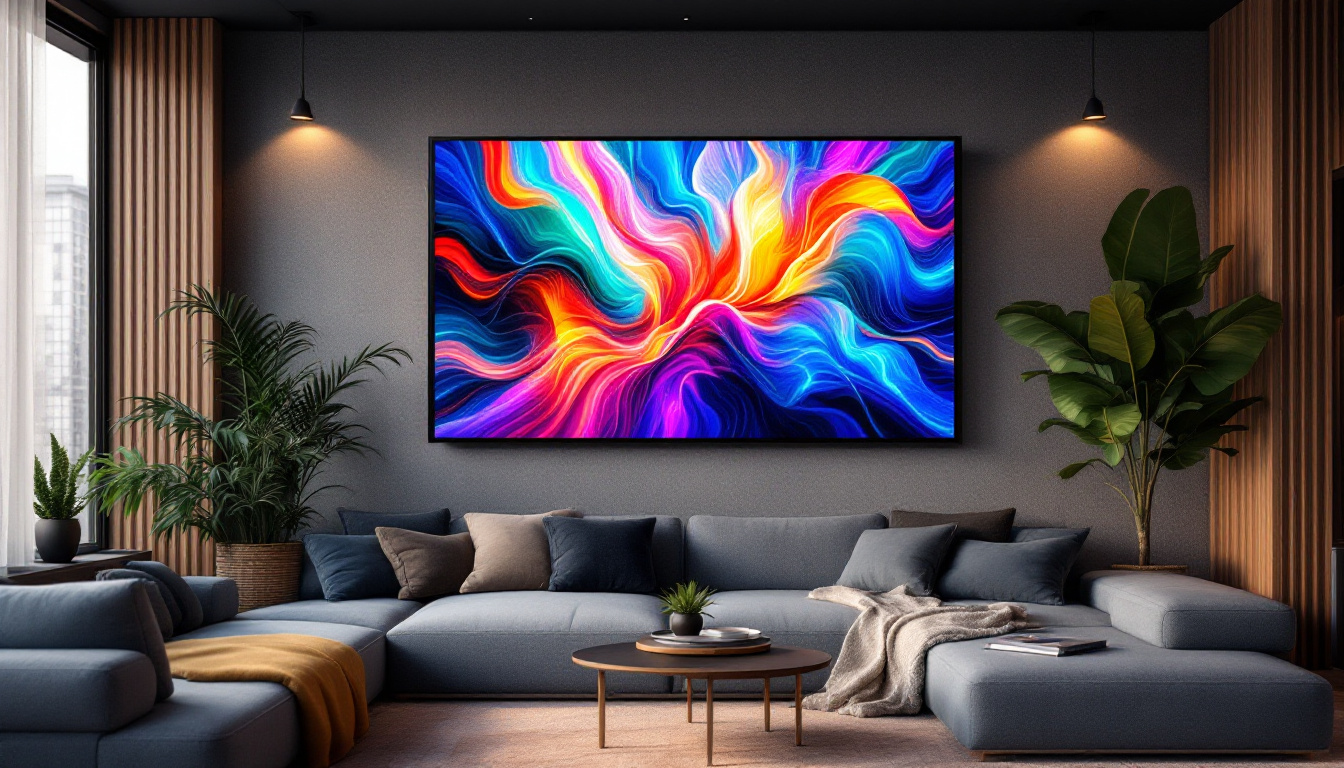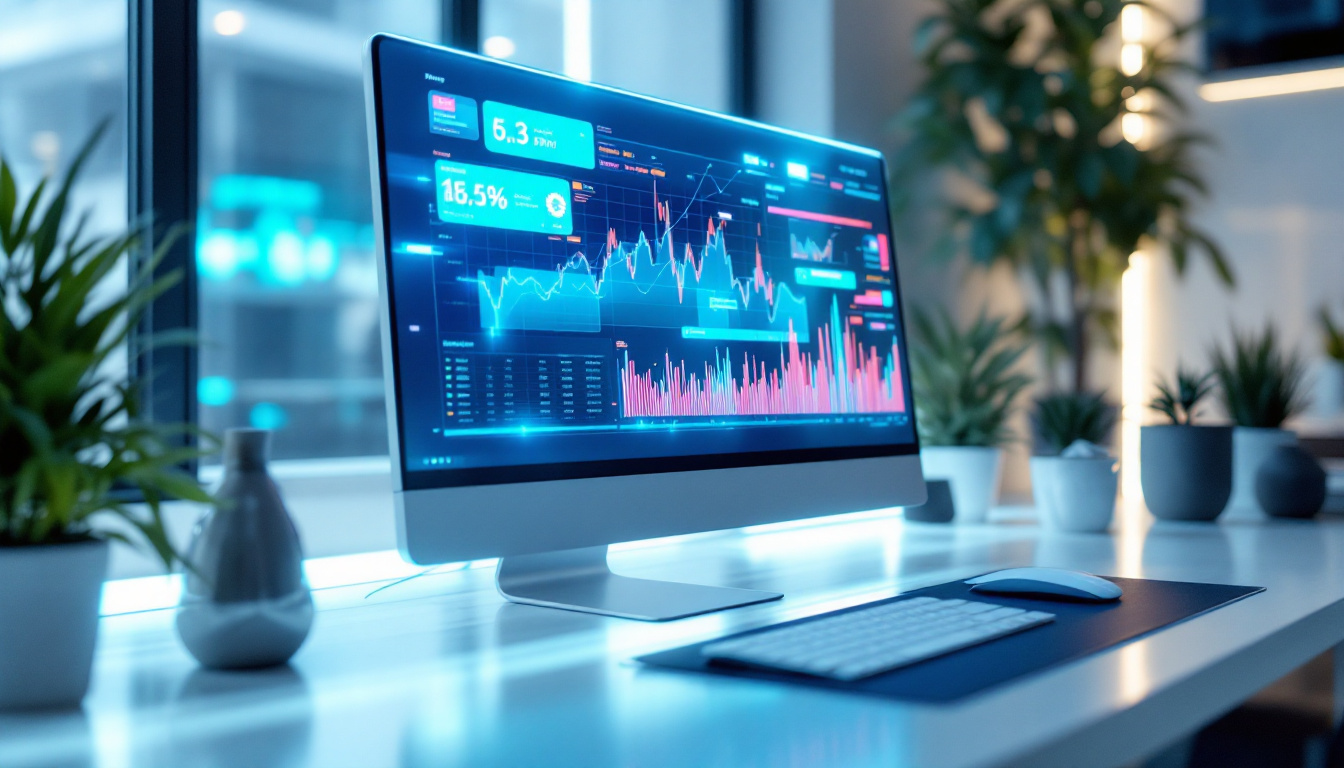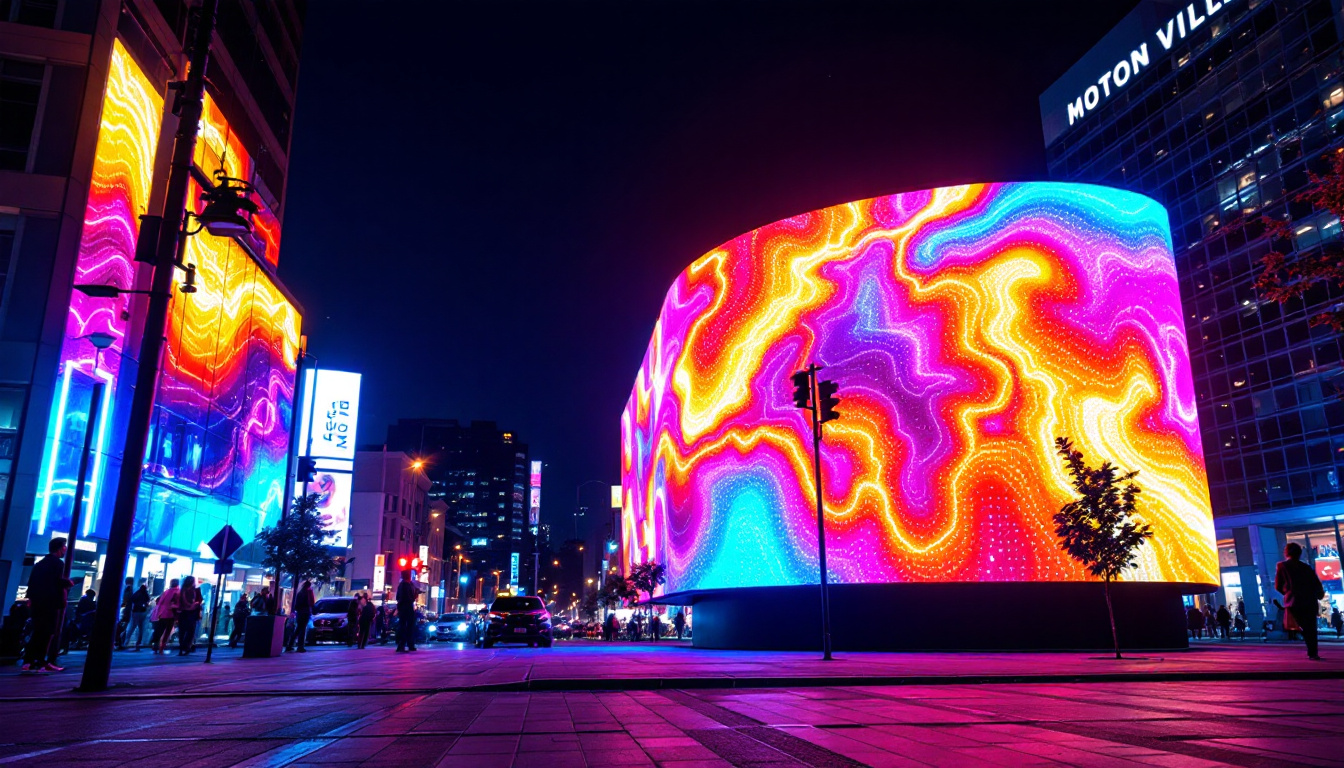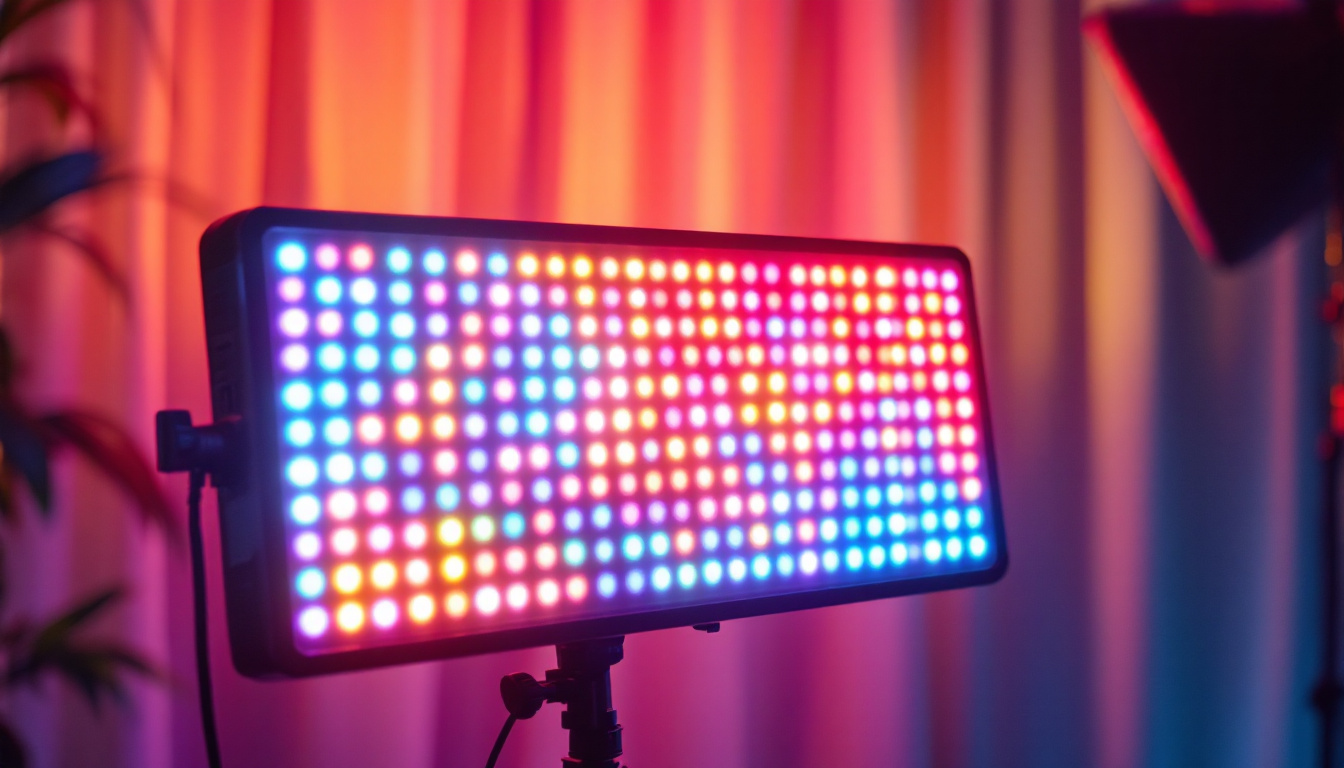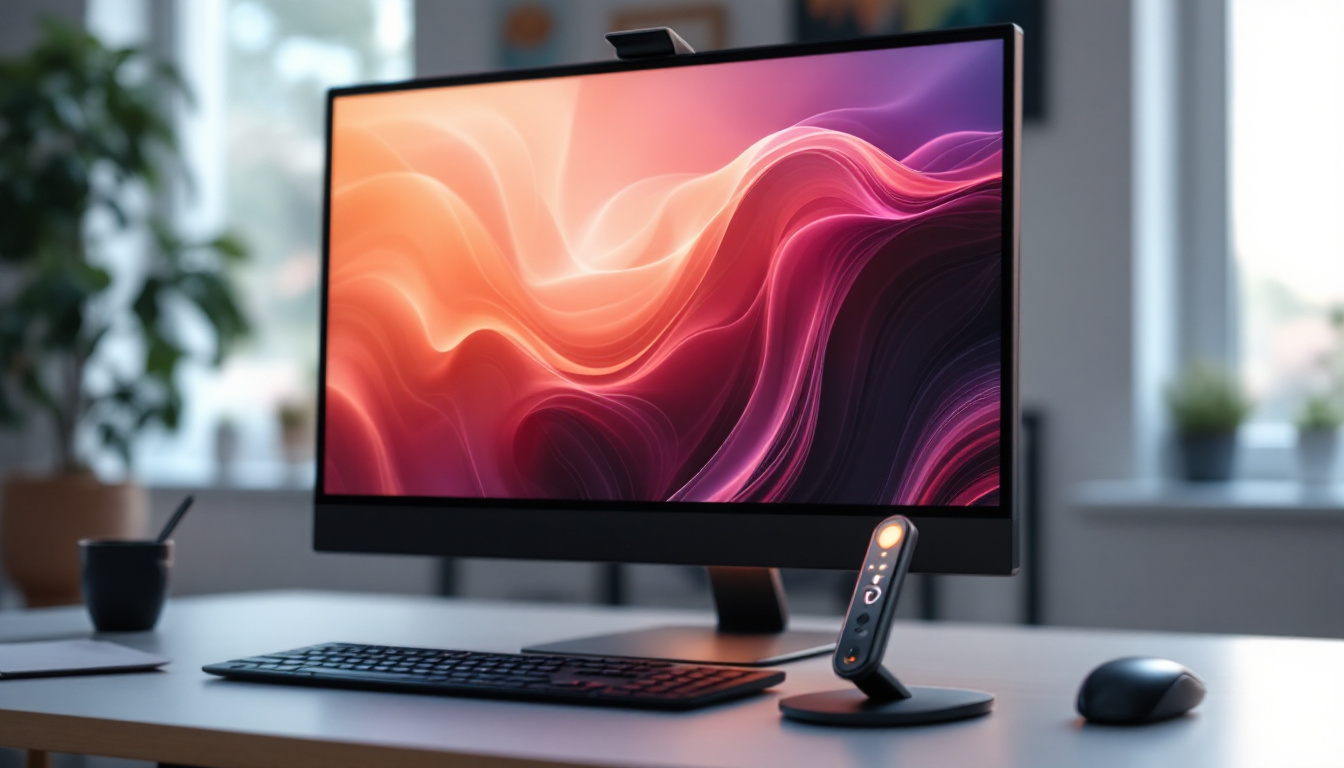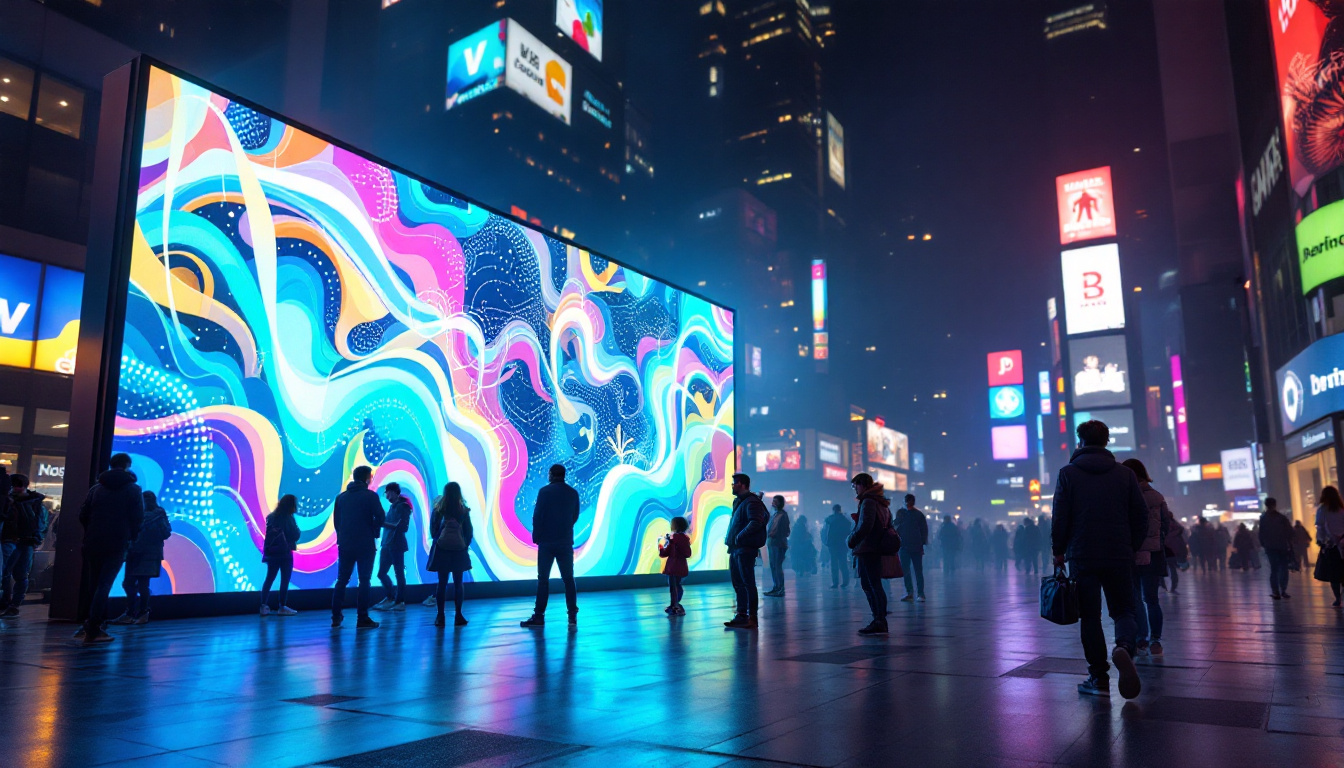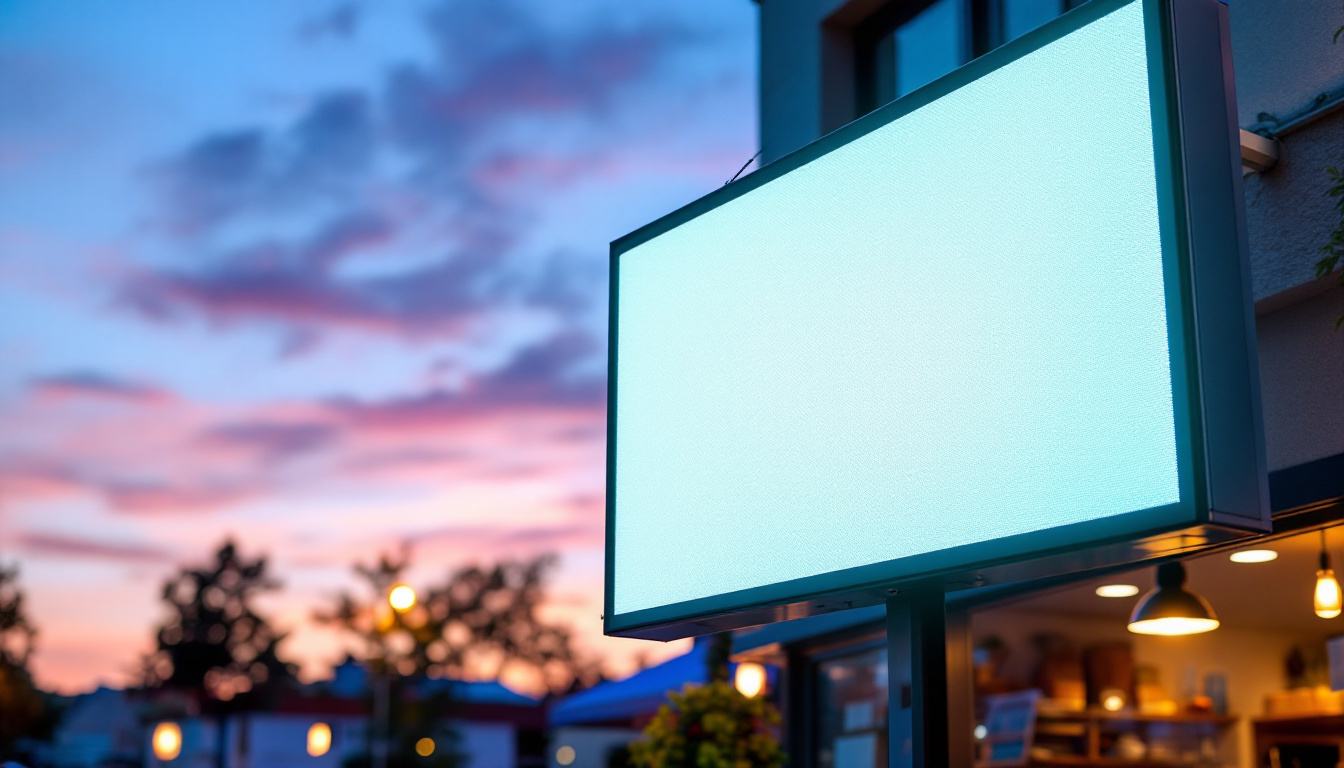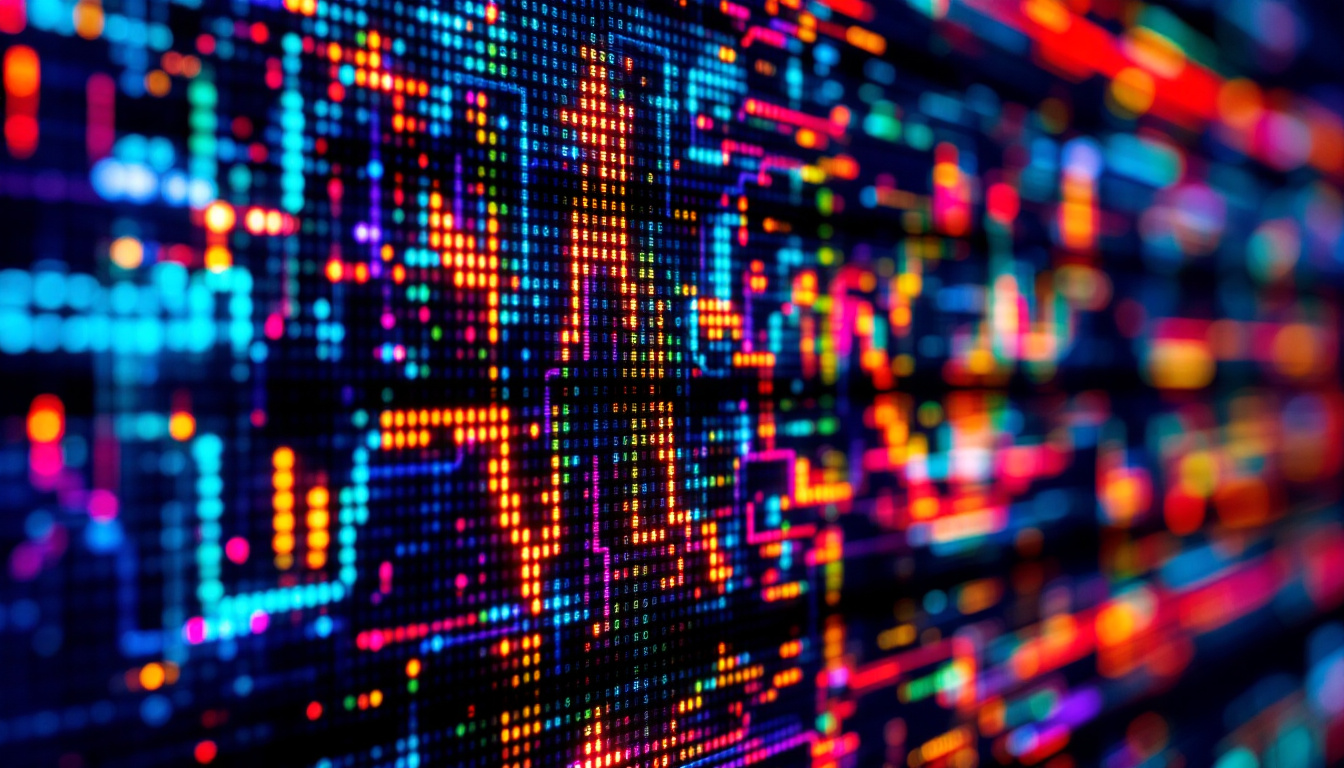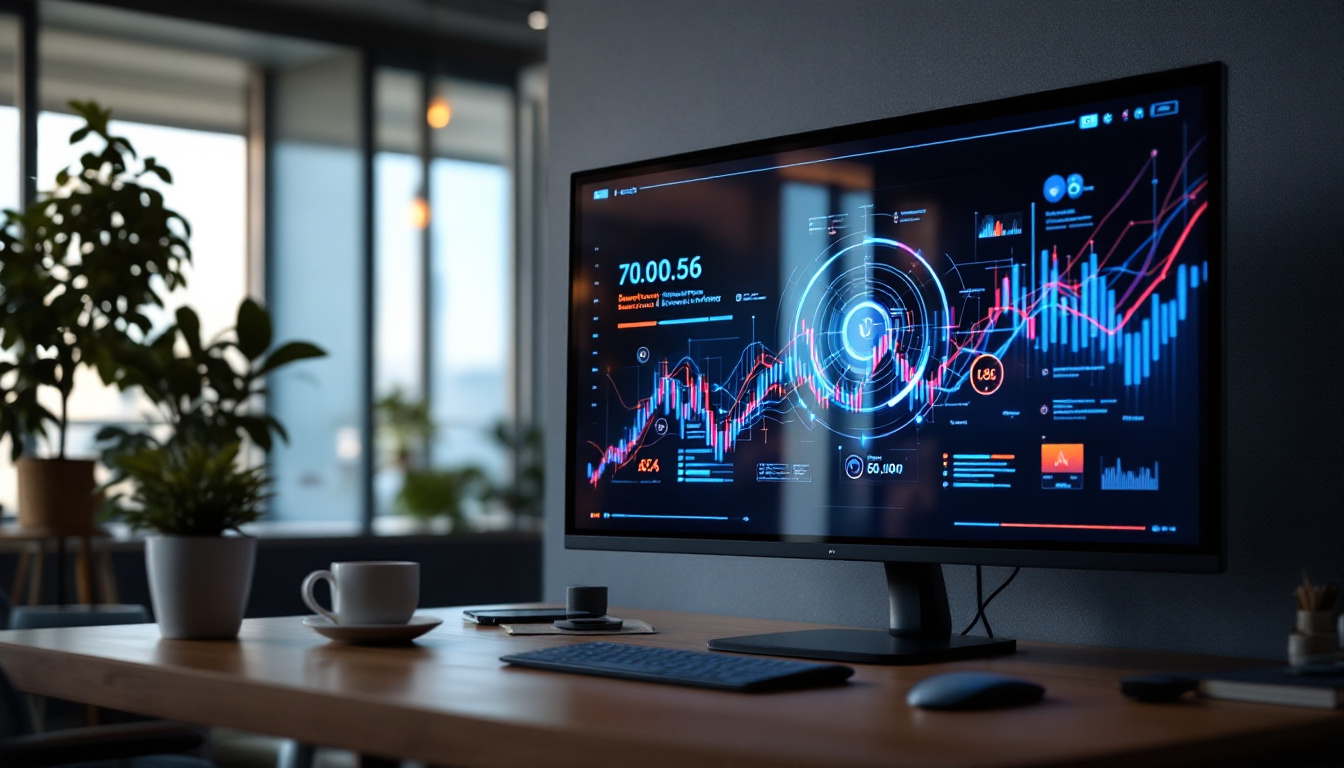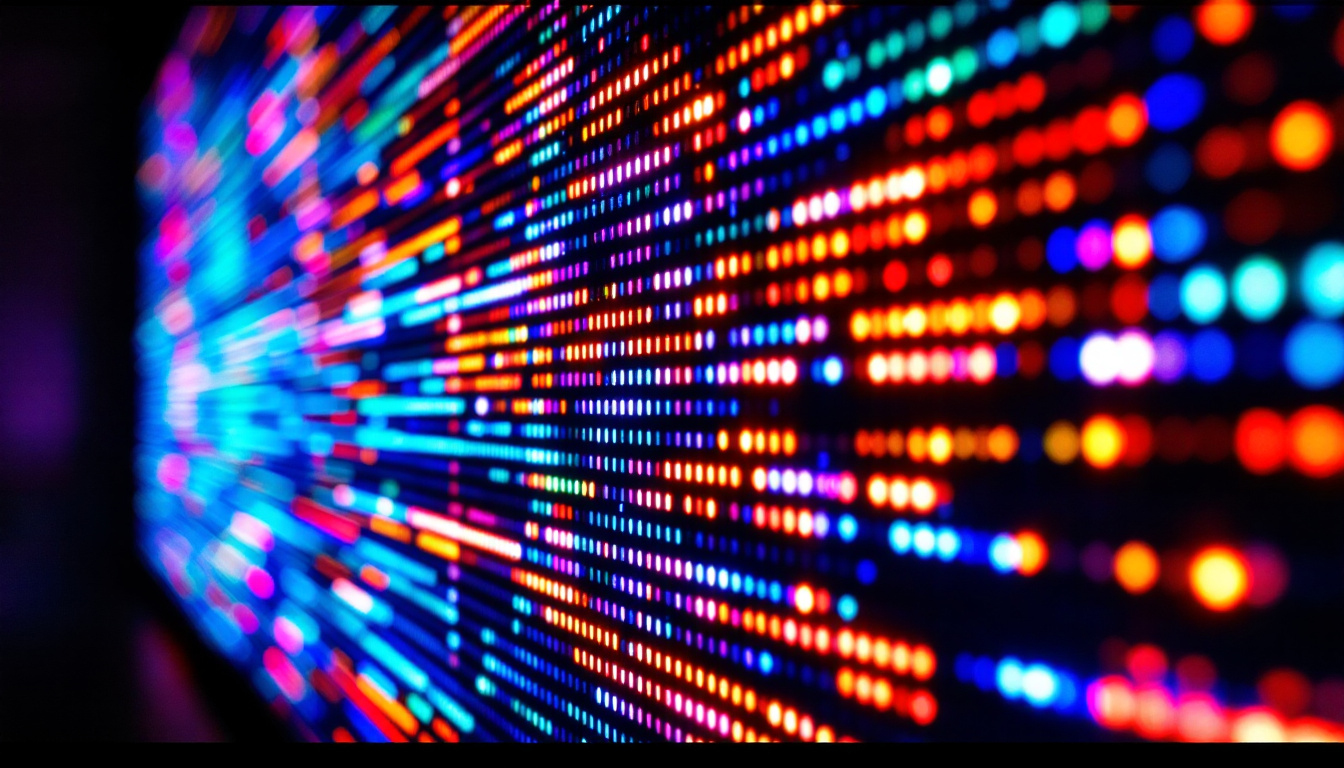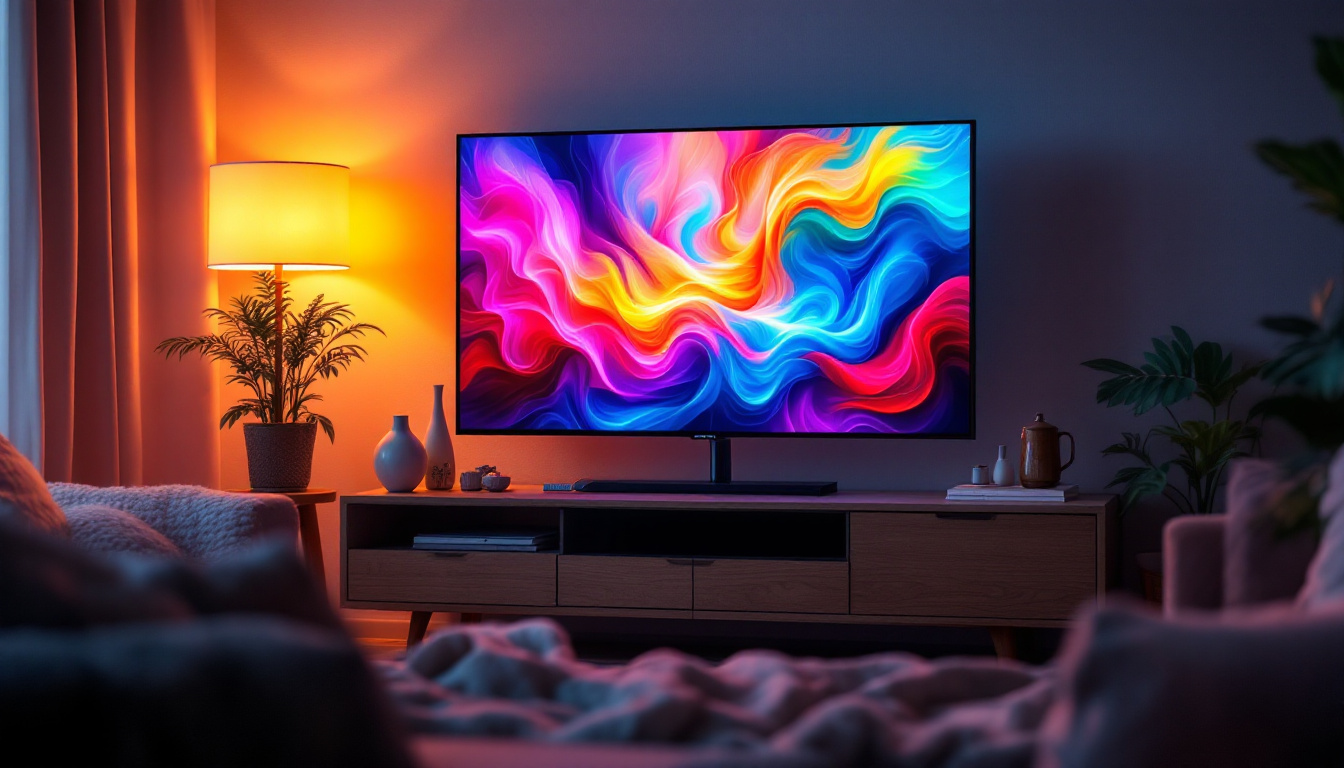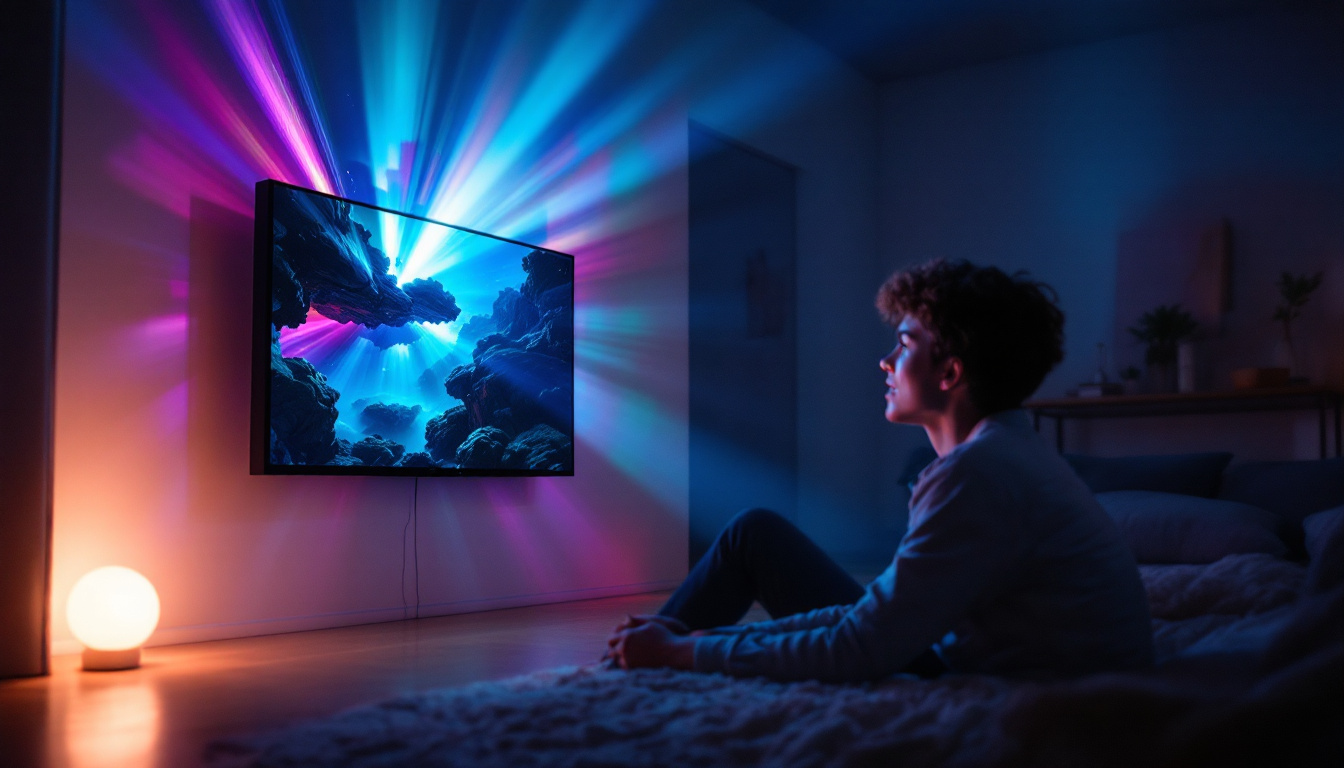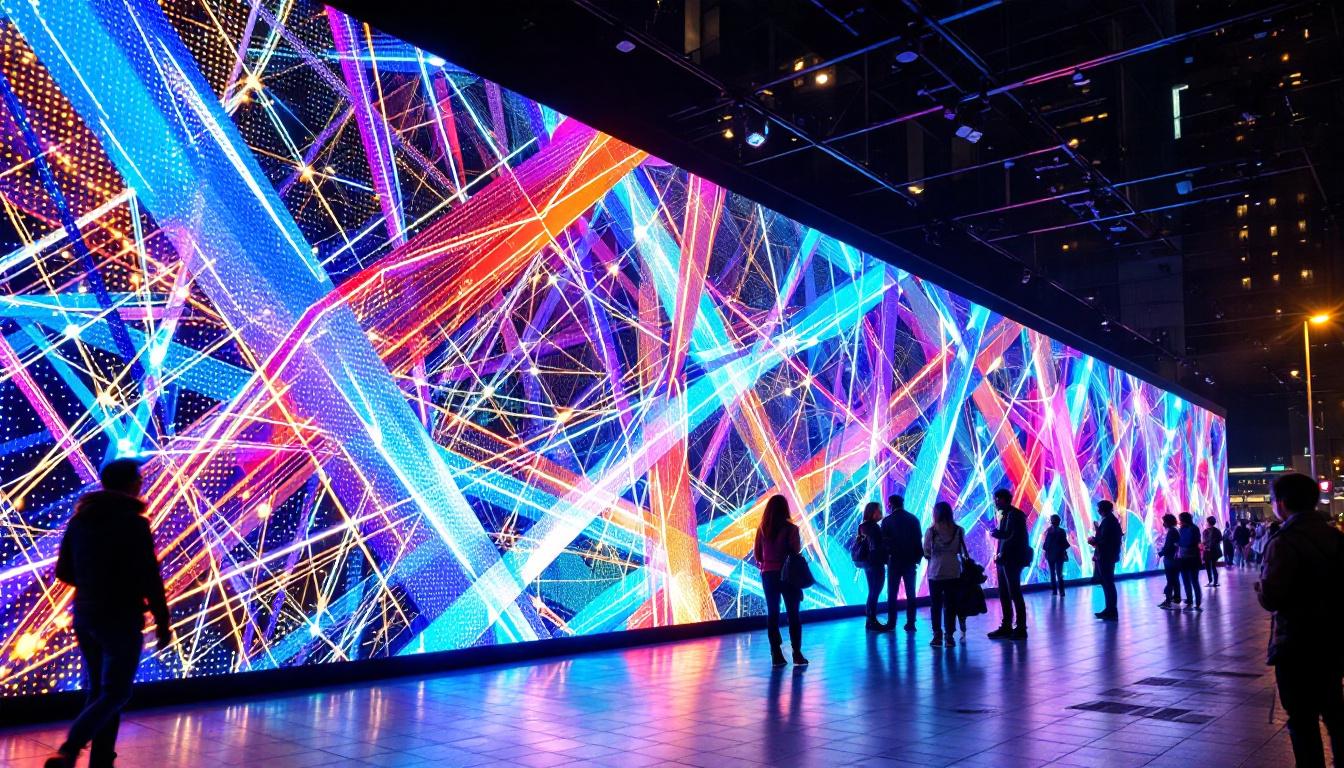Touchscreen: LED Display Explained
In the modern world, touchscreens have become ubiquitous, found in smartphones, tablets, laptops, and even household appliances. The technology behind these screens is intricate and fascinating, particularly when it comes to LED displays. This article delves into the workings of touchscreen LED displays, exploring their components, advantages, and the technology that makes them tick.
Understanding Touchscreen Technology
Touchscreen technology allows users to interact directly with what is displayed on the screen, eliminating the need for a traditional input device like a mouse or keyboard. This direct interaction has transformed the way people engage with technology, making devices more intuitive and user-friendly. With the rise of smartphones, tablets, and interactive kiosks, touchscreens have become ubiquitous in our daily lives, facilitating everything from casual browsing to complex data entry.
Types of Touchscreen Technologies
There are several types of touchscreen technologies, each with its unique characteristics and applications. The most common types include resistive, capacitive, and optical touchscreens. Each type functions differently, influencing the user experience and the display’s performance. Understanding these differences can help consumers and developers choose the right technology for their specific needs.
Resistive touchscreens operate by detecting pressure applied to the screen. They consist of multiple layers, including two conductive layers separated by a thin gap. When pressure is applied, the layers touch, registering the input. This technology is often used in environments where durability is essential, such as industrial settings. Additionally, resistive screens can be operated with a stylus or even gloved hands, making them suitable for applications in medical devices and outdoor kiosks where environmental factors may hinder the use of other touchscreen types.
Capacitive touchscreens, on the other hand, use the electrical properties of the human body to detect touch. They are more sensitive and responsive than resistive screens, making them ideal for smartphones and tablets. Capacitive screens can support multi-touch gestures, allowing users to perform actions like pinch-to-zoom. This capability has revolutionized user interfaces, enabling more complex interactions and enhancing the overall user experience. Furthermore, advancements in capacitive technology, such as the introduction of in-cell and on-cell designs, have led to thinner displays with improved touch sensitivity and clarity.
The Role of LED in Display Technology
LED, or Light Emitting Diode, technology is crucial in modern display screens, including touchscreens. LED displays are known for their brightness, energy efficiency, and ability to produce vibrant colors. Unlike traditional LCD screens that rely on backlighting, LED displays use diodes to emit light directly, resulting in sharper images and better contrast. This innovation has not only improved the aesthetic quality of screens but has also contributed to longer battery life in portable devices, a critical factor for user satisfaction.
In touchscreen devices, LED technology enhances the visual experience by providing clearer and more vivid displays. This is particularly important for applications that require precise color representation, such as graphic design and photography. Moreover, the integration of LED technology with touchscreen interfaces has led to the development of innovative products like smart mirrors and interactive displays in retail environments. These applications leverage the combination of touch sensitivity and high-quality visuals to create engaging experiences that captivate users and drive interaction. The future of touchscreen technology, powered by advancements in LED and other display technologies, promises even more immersive and interactive experiences across various sectors.
How Touchscreen LED Displays Work
The operation of a touchscreen LED display combines both touch sensing and display technologies. Understanding this interplay is essential to appreciate how these devices function seamlessly.
Layering of Components
A typical touchscreen LED display consists of several layers. The top layer is the touchscreen interface, which can be either resistive or capacitive. Beneath this layer is the LED display itself, which is responsible for presenting images and information. This layering allows for both touch sensitivity and high-quality visuals.
When a user interacts with the screen, the touch layer detects the input and sends this information to the device’s processor. The processor then determines the appropriate response, which is displayed on the LED screen. This rapid communication between the touchscreen and the display is what makes the user experience smooth and responsive.
Touch Detection Mechanisms
Touch detection in LED displays can be achieved through various mechanisms. In capacitive screens, the touch is detected by measuring changes in capacitance when a finger approaches the screen. This method allows for quick and accurate touch recognition, essential for modern applications.
Resistive screens, while less common in consumer devices, still find their place in specialized applications. The pressure applied to the screen causes a voltage change, allowing the system to register the touch. Although they are generally less responsive than capacitive screens, they can still be effective in environments where durability is prioritized.
Advantages of Touchscreen LED Displays
Touchscreen LED displays offer numerous advantages that contribute to their widespread adoption across various industries. These benefits include enhanced user interaction, improved visual quality, and energy efficiency.
Enhanced User Interaction
The most significant advantage of touchscreen technology is the enhanced user interaction it provides. Users can navigate through applications, access information, and control devices with simple gestures. This intuitive form of interaction has made technology more accessible to a broader audience, including those who may be less familiar with traditional input devices.
Moreover, touchscreens facilitate multitasking and improve productivity. Users can easily switch between applications or perform multiple actions simultaneously, streamlining workflows in both personal and professional settings.
Improved Visual Quality
LED displays are renowned for their superior visual quality. They deliver bright, vibrant colors and high contrast ratios, making images and text more legible. This quality is particularly beneficial in environments with varying lighting conditions, as LED screens maintain clarity even in bright sunlight.
The ability to produce sharp images also enhances the overall user experience, making touchscreen LED displays ideal for applications such as gaming, video streaming, and graphic design. Users can enjoy a more immersive experience, thanks to the stunning visuals provided by LED technology.
Energy Efficiency
Energy efficiency is another notable advantage of touchscreen LED displays. Compared to traditional LCD screens, LED displays consume less power while delivering superior brightness and color accuracy. This efficiency not only reduces energy costs but also contributes to a smaller carbon footprint.
As sustainability becomes increasingly important in technology, the energy-efficient nature of LED displays positions them as a more environmentally friendly choice. This aspect is particularly appealing to businesses looking to reduce their energy consumption and promote eco-friendly practices.
Applications of Touchscreen LED Displays
Touchscreen LED displays have found applications across various sectors, from consumer electronics to industrial machinery. Their versatility makes them suitable for a wide range of uses.
Consumer Electronics
In the realm of consumer electronics, touchscreen LED displays are most commonly seen in smartphones, tablets, and laptops. These devices rely on touchscreens for user interaction, allowing for a more engaging experience. The combination of LED technology ensures that users enjoy high-quality visuals alongside responsive touch capabilities.
Additionally, touchscreen LED displays are increasingly being integrated into smart home devices, such as refrigerators and thermostats. These applications allow users to control their home environment easily, enhancing convenience and comfort.
Healthcare Industry
The healthcare industry has also embraced touchscreen LED displays for various applications. Medical devices, such as diagnostic equipment and patient monitoring systems, often feature touchscreens to facilitate easy data entry and navigation.
In hospitals and clinics, touchscreen LED displays are used in patient information systems, allowing healthcare professionals to access and update patient records quickly. The intuitive nature of touchscreens helps reduce the learning curve for staff, improving overall efficiency in healthcare settings.
Industrial Applications
In industrial environments, touchscreen LED displays are utilized in machinery and control systems. These displays allow operators to monitor processes and make adjustments in real-time, enhancing productivity and safety.
Moreover, the durability of resistive touchscreens makes them suitable for harsh conditions often found in manufacturing and industrial settings. This resilience ensures that operators can rely on these displays even in challenging environments.
Future Trends in Touchscreen LED Technology
As technology continues to evolve, so too does the landscape of touchscreen LED displays. Several trends are emerging that promise to shape the future of this technology.
Advancements in Display Technology
One of the most significant trends is the advancement in display technology itself. Innovations such as OLED (Organic Light Emitting Diode) displays are gaining traction, offering even better color accuracy and contrast ratios than traditional LED displays. OLED technology allows for thinner screens and improved flexibility, opening new possibilities for device design.
Additionally, the development of MicroLED technology is on the horizon. MicroLED displays promise to deliver even higher brightness levels and energy efficiency, making them ideal for a variety of applications, from consumer electronics to large-scale displays.
Integration with Artificial Intelligence
Another trend is the integration of artificial intelligence (AI) with touchscreen LED displays. AI can enhance user interaction by providing personalized experiences based on user behavior and preferences. This integration could lead to smarter devices that adapt to individual users, improving overall functionality.
Furthermore, AI can assist in touch detection, refining accuracy and responsiveness. This could be particularly beneficial in environments where precision is crucial, such as healthcare and industrial applications.
Increased Focus on Sustainability
As environmental concerns grow, there is an increasing focus on sustainability in technology. Manufacturers are exploring ways to create more energy-efficient displays and reduce waste associated with production. This trend aligns with the global push toward greener practices, making it an essential consideration for future developments in touchscreen LED technology.
Conclusion
Touchscreen LED displays have revolutionized the way users interact with technology. Their combination of intuitive touch capabilities, superior visual quality, and energy efficiency makes them a preferred choice across various applications. As advancements continue in display technology and integration with AI, the future of touchscreen LED displays looks promising.
With their growing presence in consumer electronics, healthcare, and industrial applications, touchscreen LED displays are set to play an even more significant role in shaping the technology landscape. Understanding the intricacies of this technology not only highlights its importance but also prepares users and industries for the innovations that lie ahead.
Explore the Future of Touchscreen LED Displays with LumenMatrix
As you embrace the advancements in touchscreen LED technology, LumenMatrix stands at the forefront, ready to elevate your experience. Our commitment to innovation ensures that our LED display modules—from Indoor and Outdoor LED Wall Displays to specialized solutions like Vehicle LED Displays and Custom LED Displays—offer unparalleled brand visibility and immersive visual experiences. Whether you’re looking to captivate audiences in retail, enhance fan engagement in sports arenas, or revolutionize your corporate communication, LumenMatrix has the cutting-edge solution for you. Check out LumenMatrix LED Display Solutions today and be a part of the visual revolution.



